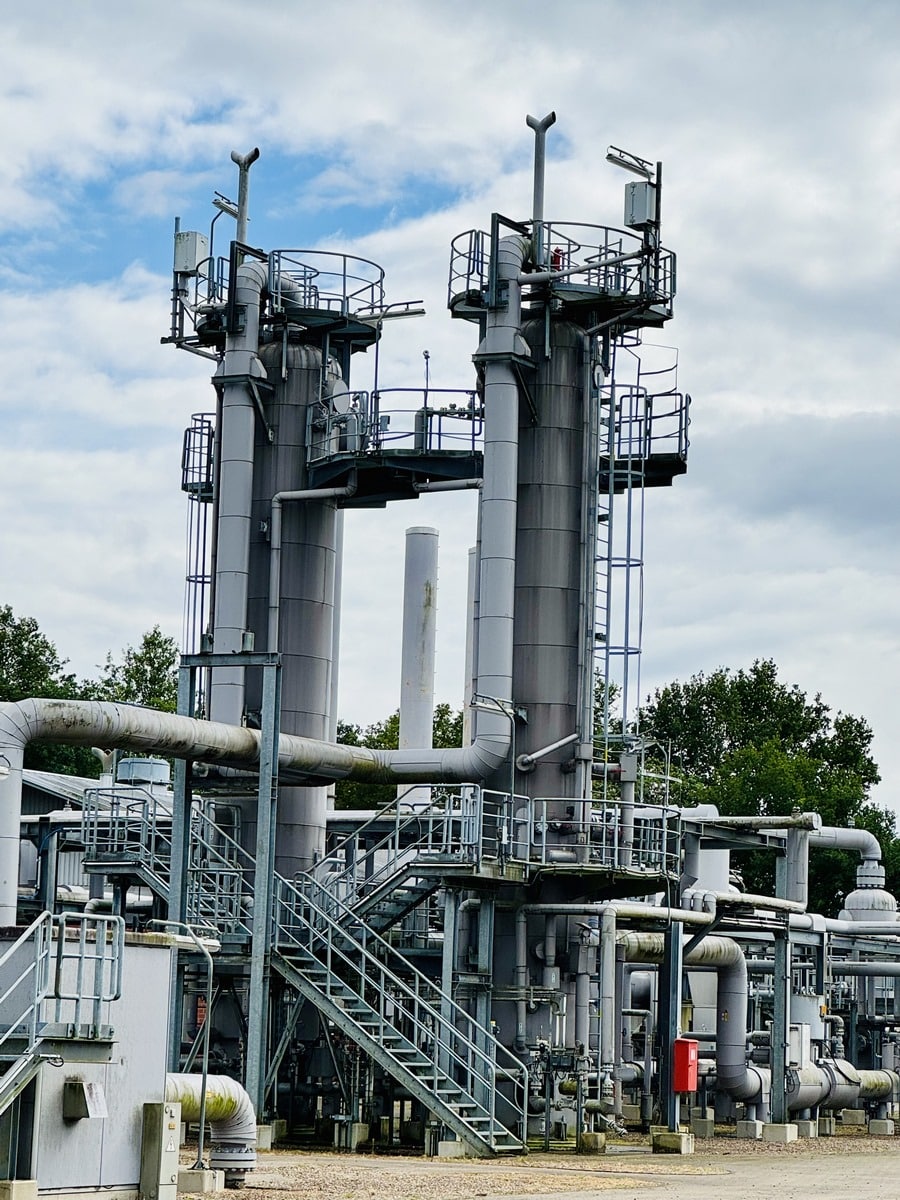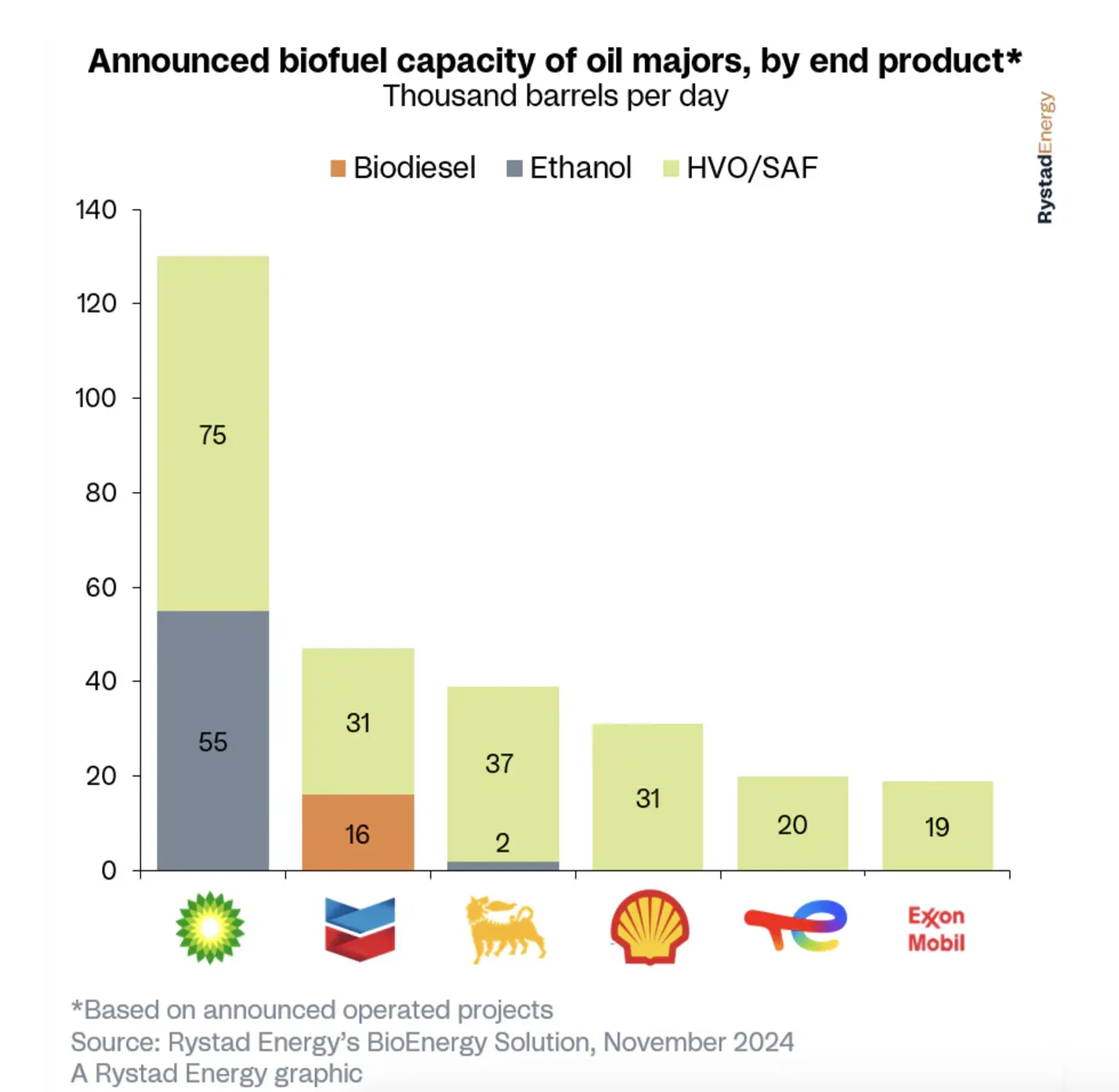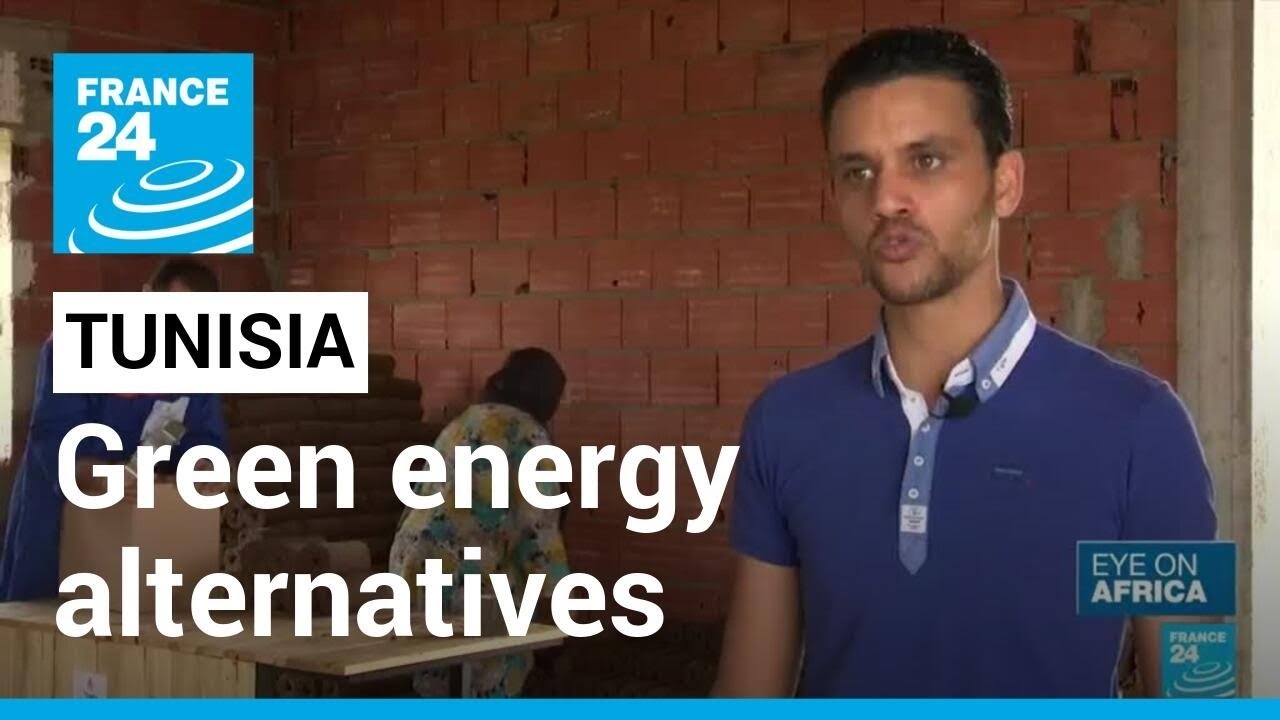
A recently commissioned study has found that using a 20% hydrogen blend in household cooking hobs doubled the number of home gas leaks when compared to using fossil fuels alone.
Enertek International’s Research into Leakage Rates of Hydrogen Blends study, commissioned by the Environmental Coalition on Standards (ECOS), also identified that household boilers saw leaks increase by 44% when using hydrogen blended with fossil gas.
Tested across three separate hobs and three different boilers, hydrogen was blended with methane 20% / 80%, respectively, at both hot and cold temperatures – appliances heated up first and tested while off and appliances at room temperatures.
The cookers lost an average of 2.7 millibars of pressure per hour using hydrogen, whilst the hydrogen blend in the boilers saw an increase of leaks to an average of 3.8 millibars per hour. This was compared to an average of 1.1 millibars and 3.8 millibars, respectively.
M2S2 Energy’s report, Debunking the Hydrogen Hype, delivered for ECOS, stated that if this blend was generalised across all EU countries with the same measured leakage rates, “the total climate impact would be between 574,000 and 1.3 million tonnes of CO2 equivalent annually.
For comparison, if the average gas leakage rates measured by Enertek were replicated across Europe for gas and heating it would total 1.02 million tonnes of CO2 equivalent each year.
Just last month (March), DNV announced it would undertake a hydrogen blending feasibility study for Enbridge and FortisBC Energy’s projects in British Columbia, Canada.
Read more:DNV to assess hydrogen blending feasibility in Canada
A report released in 2022 called on the UK Government to commit to hydrogen-ready boilers due to its progress in reducing emissions.
The Institute of Gas Engineers & Managers (IGEM) urged the government to mandate hydrogen boilers immediately, however no goal or incentive has been passed since.
Read more: Calls for UK to mandate hydrogen-ready boilers in wake of report
Hydrogen blending: A balance of benefits
While the direct use of hydrogen in many of the applications discussed in this ‘Grid Balancing and Energy Security’ issue is often seen as the end goal, there has been growing excitement over the prospect of blending hydrogen with natural gas as an interim step to lower emissions in the shorter term.
In theory, blending the two gases will lower the emissions from natural gas grids while allowing existing infrastructure to be used, serving end-users where electrification is uneconomic.
From boilers and gas turbines to industrial processes and more, the idea of blending has been bounced around in a variety of geographies, with many policy-led projects exploring the pathway’s potential.
The US Department of Energy (DOE) in 2020 launched its HyBlend project to accelerate the potential for blending hydrogen in natural gas pipelines. Led by the National Renewable Energy Laboratory (NREL), the project would carry out R&D to address the technical barriers of blending.
Continue reading here.







